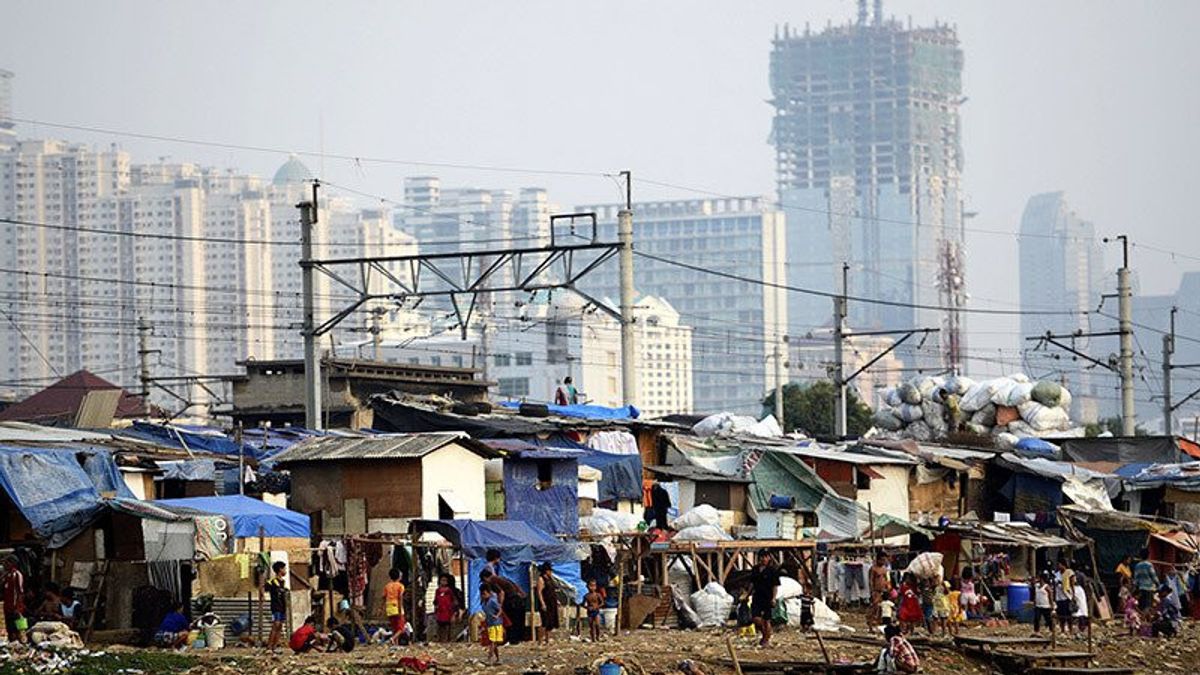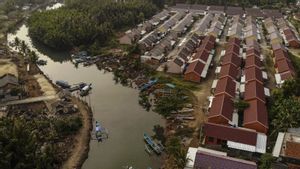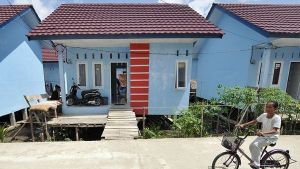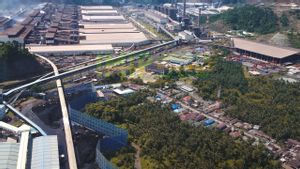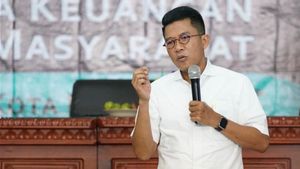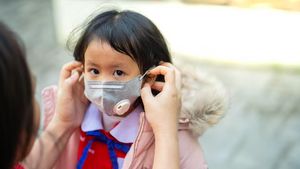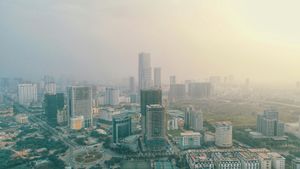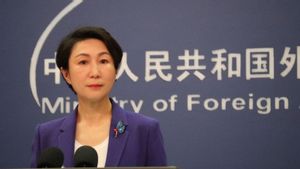JAKARTA - The Ministry of Public Works and Public Housing (PUPR) through the Directorate General of Human Settlements continues to strive to improve the quality of slum settlements throughout Indonesia through the City Without Slums Program (KOTAKU).
Through this program, the Ministry of PUPR will organize basic residential infrastructure and facilities that support community productivity.
This is also in accordance with the 2020-2024 National Medium Term Development Plan (RPJMN) which targets a reduction in slum areas of up to 0 percent.
PUPR Minister Basuki Hadimuljono said the KOTAKU Program was a form of collaboration between the Ministry of PUPR, local governments and related stakeholders in encouraging and empowering the community as development actors.
The community is fully involved, starting from planning, implementation, utilization and supervision.
This empowerment scheme is generally applied to small-scale infrastructure or simple jobs that do not require technology.
"The arrangement of slum areas like this is not only carried out in settlements along the river, but also in other places, such as settlements near landfills or densely populated villages in urban areas," Minister Basuki said in a written statement, quoted on Tuesday, July 25.
Meanwhile, Director of Settlement Area Development of the Directorate General of Human Settlements J Wahyu Kusumusanto added, the KOTAKU Program improves access to infrastructure and urban services in slums through the reconstruction and strengthening of public facilities to support the realization of livable, productive and sustainable urban settlements, not only covering community-based activities, but also regional-scale infrastructure.
"Infrastructure support and investment services are divided into regional scales and environmental scales. This includes support for road network construction, waste water management networks, drainage networks, waste management networks, drinking water piping networks, and fire management networks," Wahyu said.
He said, based on the 2015-2019 RPJMN target, the achievement of reducing slum areas of 32,221 hectares (Ha) or 84 percent of the target is 38,431 Ha.
The rest, covering an area of 6,209 Ha or as much as 16 percent, has not been handled due to several things, such as slum areas being in illegal locations, requiring more complex handling patterns, and requiring social safeguards so that it takes longer.
"In addition to our contribution to the 2015-2019 RPJMN, based on the 2020-2024 RPJMN target, the reduction of slum areas until the end of 2022 has reached 6,872 Ha or 69 percent of the 10,000 Ha target. So, to achieve this target there is still a gap of 3,128 Ha or 31 percent by the end of 2024," he said.
For investment in activities as many as 91 regional-scale activities and 61,921 environmental-scale activities, handover has been carried out to local governments and communities spread across 11,332 sub-districts/villages in 330 districts/cities in 34 provinces of Indonesia.
Several activities have also been developed into tourism destinations that have a direct impact on improving the economy of the local community.
另请阅读:
In the sustainability of handling this slum area, the role of local governments as skippers, as well as collaborators with stakeholders is very important.
Then, integrated with the city development plan system and carried out collaboratively by involving community participation.
"So, the hope is that urban settlements that are livable, productive, and sustainable can be realized," concluded Wahyu.
The English, Chinese, Japanese, Arabic, and French versions are automatically generated by the AI. So there may still be inaccuracies in translating, please always see Indonesian as our main language. (system supported by DigitalSiber.id)
